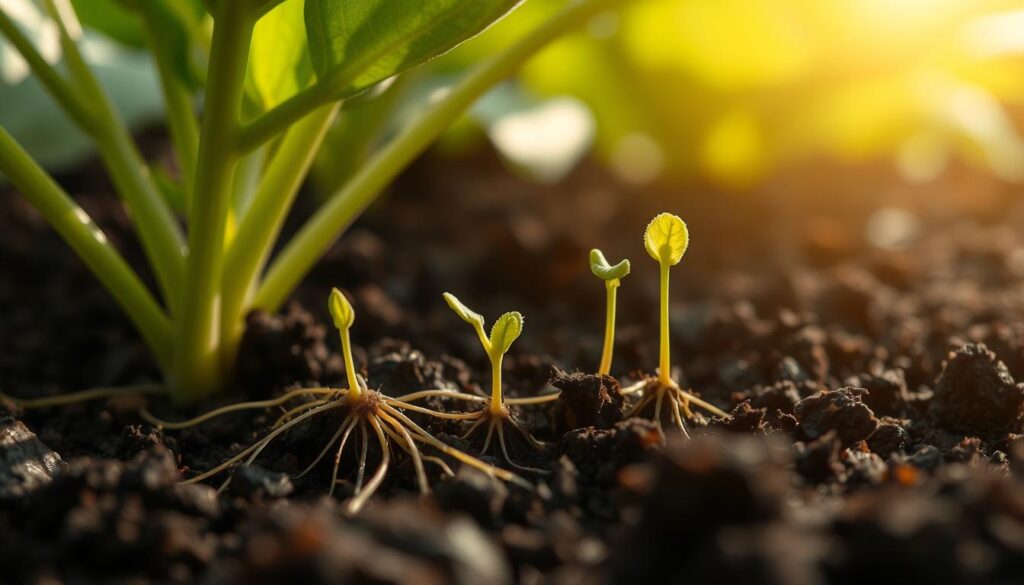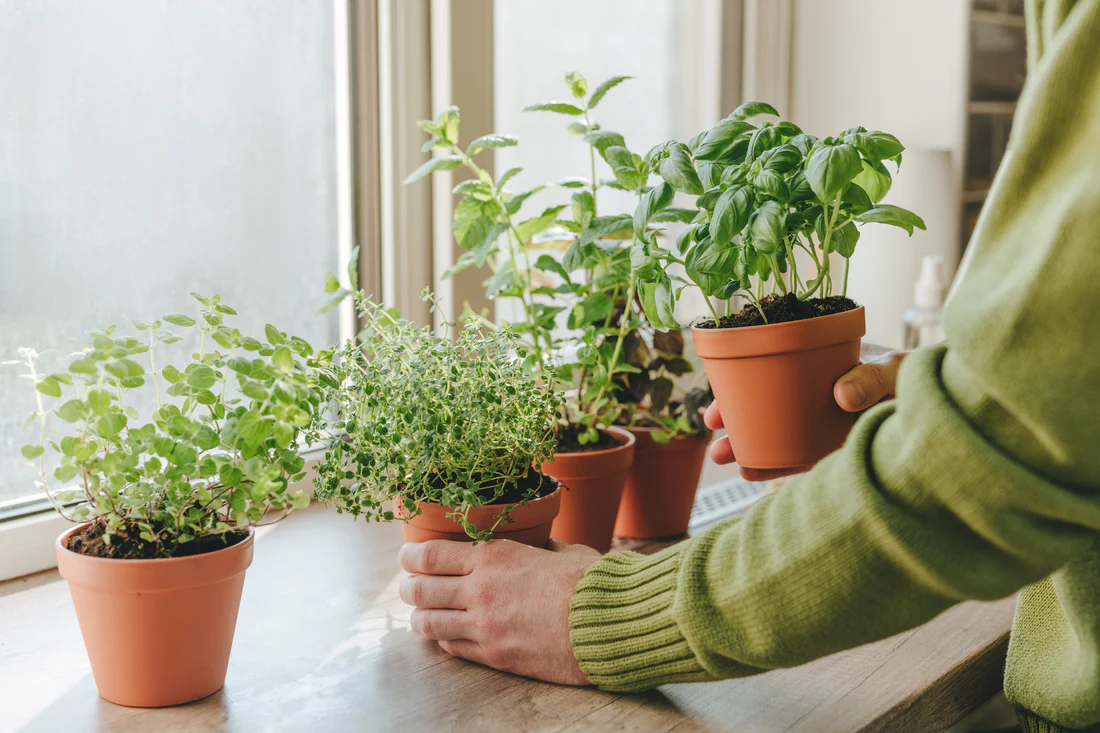Imagine snipping fresh basil for your pasta or adding a sprinkle of parsley to your salad, all from the comfort of your kitchen. Growing herbs indoors year-round not only enhances the flavor of your meals but also brings a touch of greenery into your home. In this complete guide, we’ll explore everything you need to know about growing herbs indoors, ensuring you have a thriving herb garden that you can enjoy every season.
Why Grow Herbs Indoors?

Growing herbs indoors offers numerous advantages. Firstly, it allows you to have fresh, flavorful herbs at your fingertips, enhancing the taste of your culinary creations. Secondly, indoor herb gardening is convenient; you don’t need a large outdoor space to grow your favorite herbs. Additionally, many herbs are relatively easy to care for, making them ideal for beginner gardeners.
Choosing the Right Herbs
When starting your indoor herb garden, it’s essential to choose the right herbs that thrive indoors. Here are some easy-to-grow herbs to consider:
- Basil: A favorite for many, basil thrives in warm, sunny conditions and is perfect for pasta dishes and pesto.
- Parsley: This versatile herb can be used in a variety of dishes, from salads to soups. It prefers moderate sunlight and consistent moisture.
- Mint: Known for its refreshing flavor, mint grows well in containers and can be used in drinks, desserts, and savory dishes.
- Chives: With a mild onion flavor, chives are great for garnishing salads and soups. They prefer bright light and well-draining soil.
- Thyme: A hardy herb, thyme requires minimal care and adds depth to a variety of dishes, from roasted meats to vegetables.
Essential Supplies for Indoor Herb Gardening
To successfully grow herbs indoors, you’ll need a few essential supplies:
- Containers: Choose pots with drainage holes to prevent waterlogging. Clay or plastic pots are both good options.
- Soil: A high-quality potting mix that retains moisture while allowing for proper drainage is ideal.
- Light: Depending on your home’s lighting conditions, you may need to supplement with grow lights.
- Tools: Basic gardening tools such as scissors for pruning, a watering can, and a small trowel will be helpful.
Creating the Ideal Growing Environment

Creating the right environment for your herbs is crucial for their growth:
- Light: Most herbs need at least 6 hours of sunlight per day. Place them near a south-facing window, or use grow lights if natural light is limited.
- Temperature and Humidity: Herbs generally prefer temperatures between 65°F and 75°F (18°C to 24°C). Keep humidity levels moderate, as too much moisture can lead to mold growth.
Planting and Caring for Your Herbs
Step-by-Step Guide
- Planting Seeds or Seedlings:
- If starting from seeds, follow the package instructions for planting depth and spacing.
- For seedlings, gently remove them from their nursery pots and transplant them into your chosen containers.
- Watering:
- Water your herbs when the top inch of soil feels dry. Ensure excess water can drain away to avoid root rot.
- Fertilizing:
- Feed your herbs with a balanced, water-soluble fertilizer every 4-6 weeks during the growing season.
- Pruning:
- Regularly pinch off the tips of your herbs to encourage bushier growth and prevent flowering, which can alter flavor.
Common Issues and Solutions
Even experienced gardeners face challenges. Here are some common issues and how to address them:
- Pests: Watch for aphids, spider mites, and whiteflies. Introduce beneficial insects or use insecticidal soap for treatment.
- Diseases: Overwatering can lead to fungal diseases. Ensure your pots have drainage and avoid letting plants sit in water.
- Yellowing Leaves: This can be a sign of overwatering or insufficient light. Adjust watering habits and ensure your herbs receive adequate sunlight.
Harvesting and Using Your Herbs

Knowing when and how to harvest your herbs is key to enjoying their full flavor:
- When to Harvest: Wait until your herbs are established and have plenty of leaves. For most herbs, you can start harvesting once they are about 6 inches tall.
- How to Harvest: Use scissors to cut the leaves, leaving a few leaves on the plant to ensure continued growth.
- Storage: Fresh herbs can be stored in the refrigerator for up to a week. Alternatively, you can dry them for longer storage by hanging them upside down in a dark, dry place.
Conclusion
Growing herbs indoors year-round is not only rewarding but also enhances your culinary experiences. With the right herbs, supplies, and care, you can cultivate a flourishing indoor herb garden that provides fresh flavors and aromatic scents throughout the year. So, gather your supplies, choose your favorite herbs, and start your indoor gardening journey today!
For more tips and resources, visit Gardening Daddy.

